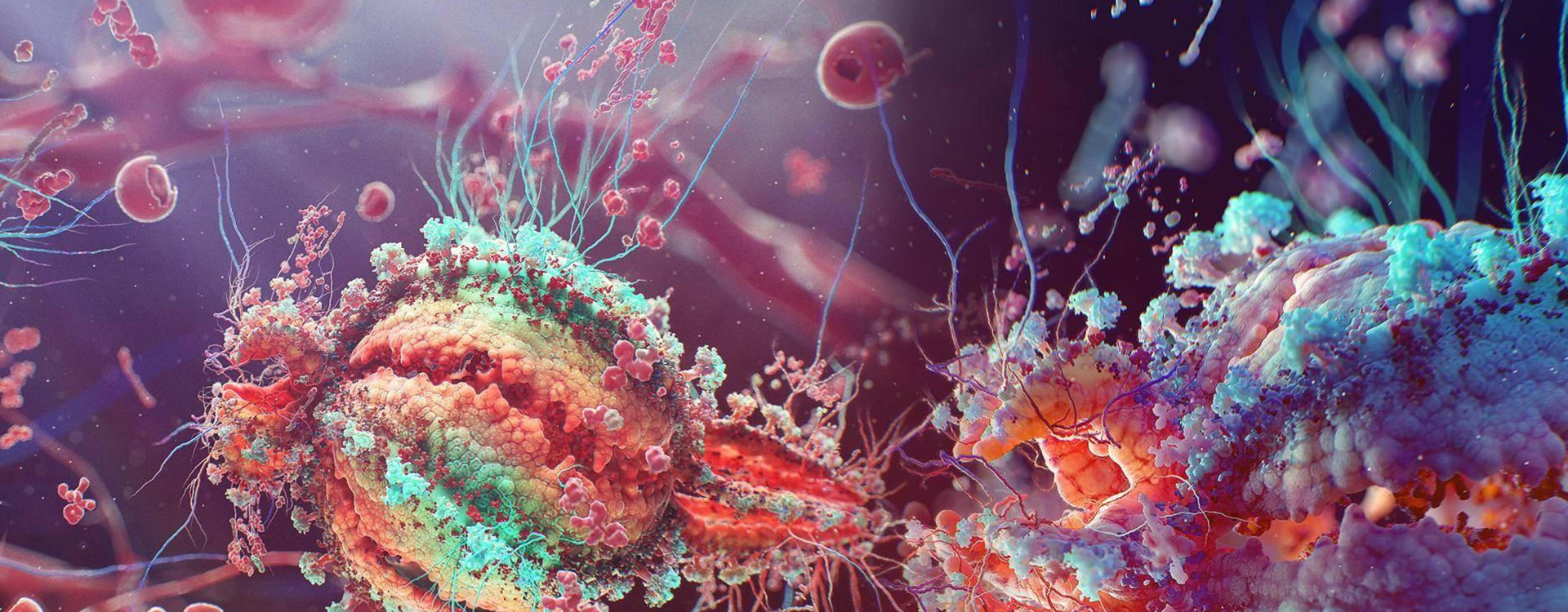Seminar Details
The thesis illustrates the interaction of functional amyloid in Pseudomonas (Fap) with pyrene, a commonly encountered PAH. Pseudomonas aeruginosa PFL-P1, a marine biofilm-forming bacterium, showed strong tolerance (2200 ppm) and chemotaxis toward pyrene, indicating its potential for bioremediation in PAH-contaminated environments. The expression of fapC was upregulated six fold (p<0.0001) when pyrene was used as the sole carbon source. Molecular docking simulations revealed a strong binding affinity between FapC and pyrene, with a binding energy of -6.75 kcal/mol, indicating a robust interaction. Confocal laser scanning microscopy (CLSM) further demonstrated a significant increase in amyloid production during biofilm formation by P. aeruginosa PFL-P1 in the presence of pyrene (p<0.0001). The elevated expression of fapC and the hydrophobic interactions between FapC and PAH compounds indicate the critical role of Fap in PAH binding, facilitating their subsequent degradation. The study also explored the role of cyclic di-GMP (c-di-GMP), a bacterial nucleotide second messenger that plays a central role in regulating biofilm formation and stability. This study also reported the characterization of Fap fibrils from P. aeruginosa PFL-P1 and their interaction with pyrene, further assessing the impact on pyrene degradation. Overexpression of fap in E. coli BL21(DE3) cells enhanced biofilm formation (p<0.0001) and amyloid production (p=0.0002), particularly in the presence of pyrene. Defibrillated Fap analysis revealed FapC monomers, with increased fibrillation upon exposure to pyrene. Circular Dichroism (CD), Fourier Transform Infrared Spectroscopy (FTIR), and X-ray Diffraction (XRD) confirmed characteristic amyloid peaks and structural changes in Fap fibrils upon pyrene exposure. Three-dimensional Excitation-Emission Matrix (3D-EEM) analysis identified a protein-like fluorophore in Fap fibrils that exhibited fluorescence quenching upon pyrene binding. The binding constants ranged from 5.23 to 7.78 M&minus1, with a &DeltaG of -5.10 kJ/mol at 298K, indicating a spontaneous, endothermic interaction primarily driven by hydrophobic forces. Exogenous Fap fibrils significantly enhanced biofilm growth and pyrene degradation by P. aeruginosa PFL-P1, increasing the degradation rate from 46% to 64% within seven days (p=0.0236). Gas Chromatography Mass Spectrometry (GC-MS) analysis identified various metabolites, suggesting the involvement of the phthalic acid pathway in pyrene degradation. This study provides a deeper understanding of the structural dynamics of Fap fibrils in response to pyrene exposure and offers potential applications in environmental bioremediation, particularly for the degradation of PAHs.


